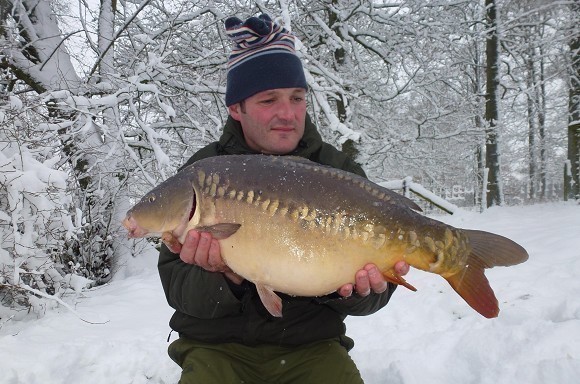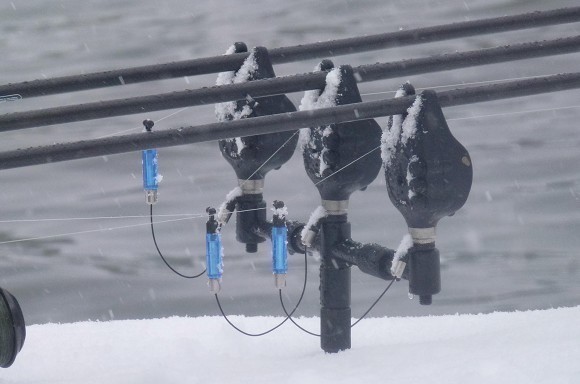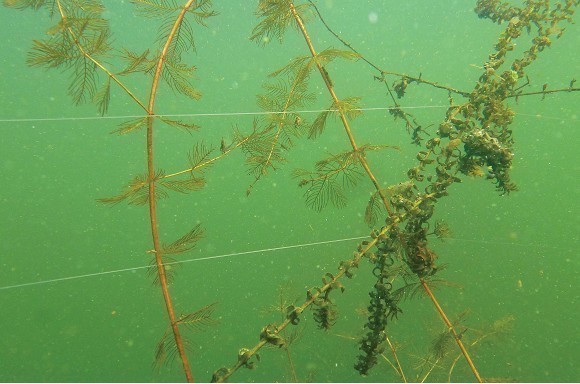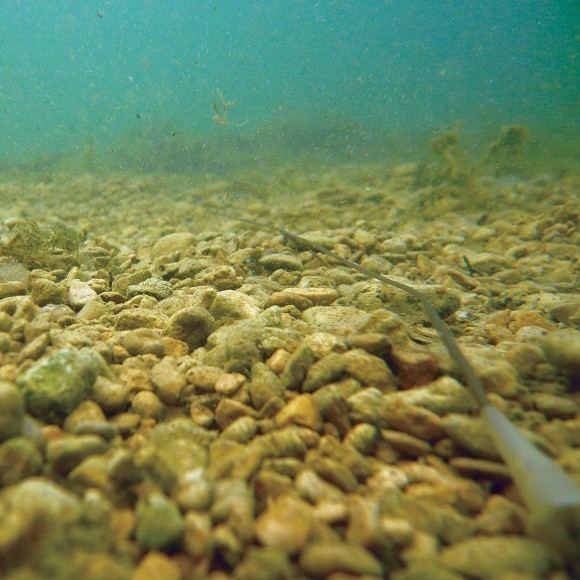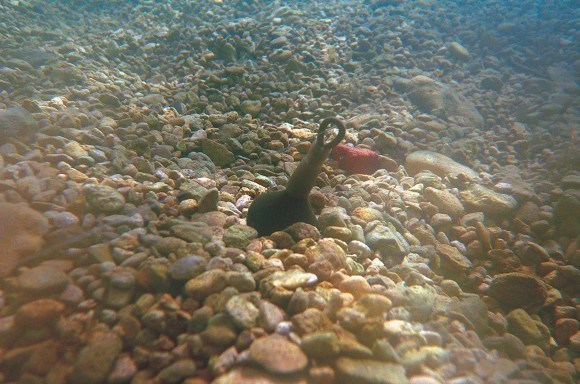
Below the Surface special: Backleads
Backleads: Here's the real truth as to how effective they are courtesy of our diving pro, Rob Hughes
The question
Firstly, loving the magazine; it’s really helped me get a few more fish on the bank. Secondly, and the reason I’m writing in, is to hopefully get some advice on backleading. It’s something I’ve never done but would like to try. I was hoping that this is something you could maybe do a piece on as it seems a little confusing. Flying backleads or standard ones? When to use them etc.? Maybe it could be a feature for the underwater series? Any advice would be greatly received.
Andy Hornby, via e-mail
Many thanks for the questions, Andy, and I hope this helps. There are times when I love backleads, and times when I hate them. They can be your best friend and your worst enemy in equal measure and I must say that a lot of the time I try to avoid rather than embrace them, but that may simply be my way of fishing. There are times that they can unquestionably help out, but the big issue is whether you use them in the right situation.
Basic knowledge: When to use them and why
There’s a number of reasons to use backleads. Keeping the line out of the way is the most obvious one, and that might be for a number of reasons. It may spook the carp if up in the water, cut off an approach route e.g. backleading one rod on the entrance to a bay or channel gives the other rods a chance. You may have a tight swim and need playing space; floating weed or leaves may be giving you grief; or there may be boats around that may pick up your lines if they are up in the water. Whatever the reason, there is one thing that you need to know: they WILL affect your indication, and usually for the worse. I say usually as there are one or two things that you can do to counter that, but on the whole, the use of backleads for me has to be “as a necessity” rather than a simple choice. As with anything, it’s a matter of compromise and the theory that for any action there is an opposite reaction is true in the case of backleads.
Points to consider: Angles and hinge points
"What you add in, you have to take out"
The biggest issue is the fact that as soon as you put an angle in your line, that angle almost always has to be straightened before the line will tighten fully and give you the indication that you would have had without a backlead. Consider winter as an example. The water is clearer, the fish may be more aware of, and even more spooky of lines so backleading seems the ideal answer. However, they also move a lot less so indication will be significantly more important now, and the use of a backlead may well stop you knowing you’ve had a take.
I’ve seen it so many times with the underwater series testing angler’s lines and indication, that as soon as there is an angle or a hinge point in the line, the sensitivity is affected. In winter this can be crucial. In fact, I’d go as far as to say that in winter a backlead is more of a problem than it is worth and I like to fish semi-slack for liners and use my line as in indicator of where the fish are, rather than nailing it down out of the way.
It may sound a bit wild and weird, but I also change my lines to a darker colour in the winter and use a neutrally buoyant line to get it up in the water rather than down. I’ll then use a length of leadcore where allowed or pinned down fluorocarbon where not. The end nearest the hook is on the deck and out of the way but the rest is up in the water giving me indication as to where the fish may be and this is a massive winter edge. Couple it with a very light bobbin and you’ve got a good chance of finding the fish. This set-up is effectively the same as a flying backlead when fished semi-slack, but without the inherent problems of back leading.
A bad combo... Weed and backleads
Where you have to use a backlead there’s a few things to look out for. Weed is a bit of a no-go area as far as I am concerned. It’s the same with heavy silt too for that matter. They get stuck in or tangled and that is a no, no. There’s been many good anglers debated this point before me but I just don’t see the need to use backleads in and around weed. Flying backleads at the business end may snag up. At the rod end they will create a massive pivot point and reduce indication. When there’s weed around, try and get your line as straight and as tight as possible.
I was out with a lad who was using slack lines across a big weedbed whilst using fluorocarbon, and he had a couple of bites but both buried him before he had the chance to get the fish moving. I remarked that I was surprised that he was using slack fluoro over a big bed of weed and he said the water was crystal clear but he liked how it sank onto the weed and also being fluoro, there was little stretch so his indication would be better. This is very similar to fishing a backlead over weed. I suggested that he fish it tight and direct, locked up and high in the water over the weed and he landed his next three.
Line lying on weed causes all manner of problems, especially fluoro, from indication issues to getting the buggers out. Keep it up and off the weed as much as possible.
How to... Combat poor indication
Where you put your backlead, how heavy it is, and also how you fish your lead and indicator will all affect the indication and sensitivity of your set-up.
It’s small indicators and kiting fish that will cause you the biggest problems. Absolute rippers will usually register anyway, so a great big hefty lead will usually cause the fish to charge off and you won’t have a problem. However, if you can’t use a heavy lead, or you don’t want to, then a heavy backlead and a light lead/indicator will help but you must balance your indication set up. Fish a half-drop on the bobbin and use a fairly light one too, that way any movement of the line through the backlead should register as a lift.
Flying Backleads don’t usually affect sensitivity too much, unless they snag up on the bottom and cause a hinge point, but remember with flying backleads you have to fish slack to get it down on the deck as they don’t have enough weight to sink a tight line, so your sensitivity may well be affected anyway. If you are slack lining, point the rod at the rig and hope for the best.



